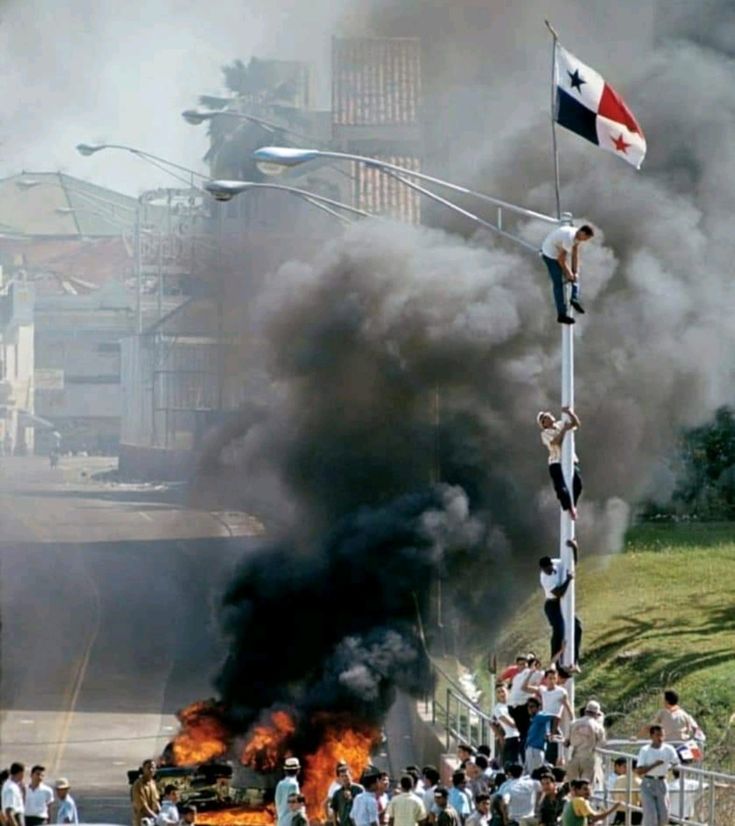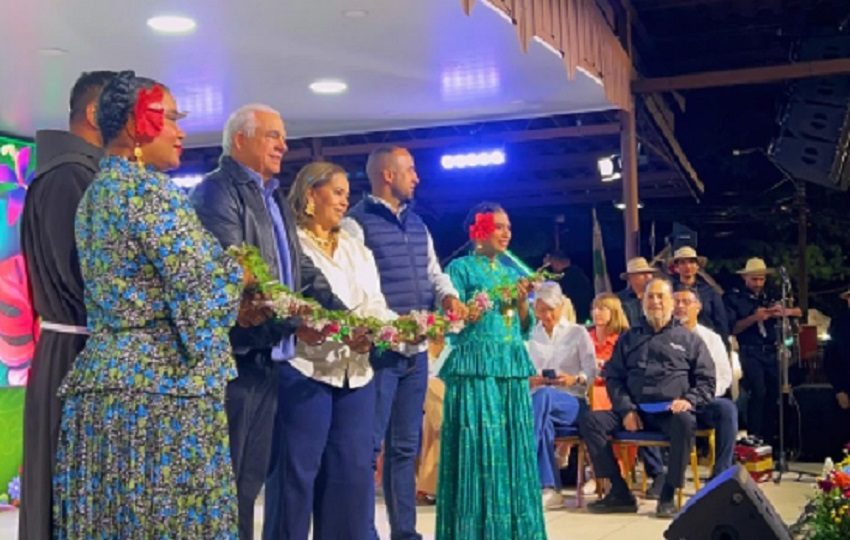Espino de Marotta Details the Panama Canal Plans for Río Indio
West Panama is expected to see the largest number of resettled communities due to the Río Indio reservoir. Furthermore, the ACP and the Executive Branch are fine-tuning plans for a gas pipeline and new ports in Corozal and Telfers Island, while relations with the United States remain “business as usual.”
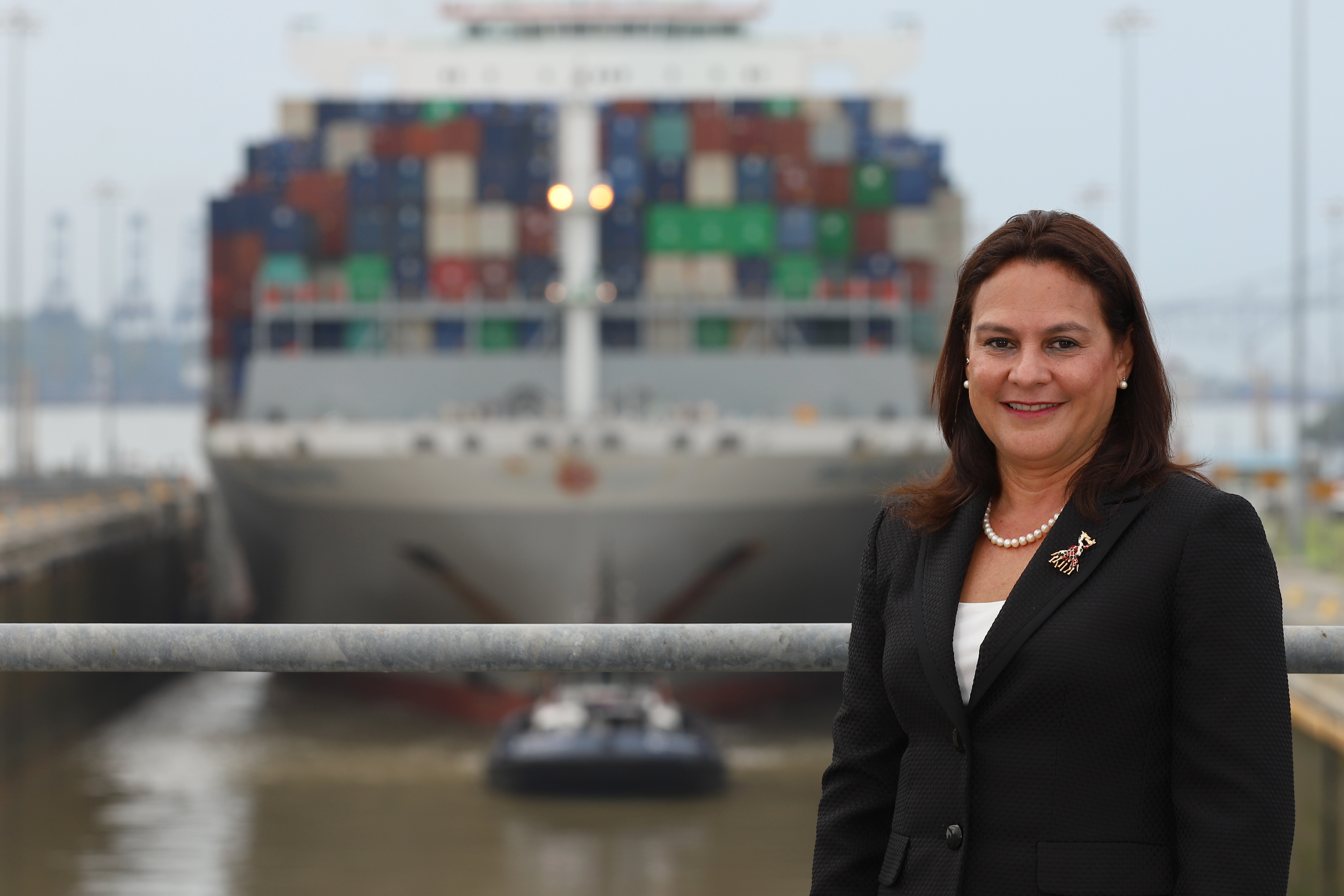
If there’s one area where the Executive Branch and the Panama Canal Authority (ACP) are aligned, it’s the project to build a reservoir on the Indio River, which encompasses communities in three provinces: Panamá Oeste, Coclé, and Colón. This was made clear on Tuesday, July 22, at the Maritime and Logistics Forum. “It’s the most important project right now,” said Ilya Espino de Marotta, deputy administrator of the ACP, in an interview. She agreed with José Ramón Icaza, Minister of Canal Affairs below, who identified the project as a state priority.

Beyond the infrastructure, the human aspect is part of the project’s complexity. Espino de Marotta announced that the ACP completed a socioeconomic census on April 30th with the cooperation of nearly 85% of the residents of 75 communities in the provinces, while approximately 15% refused to provide information on the number of family members, type of housing, their occupation, among other things. “Information is key to developing the resettlement program with residents,” said the deputy administrator. The precise figures will be released in a final report on August 6. When asked what will happen to the people who refuse to resettle, Espino de Marotta pictured below in Forbes Magazine, explained that they will continue “knocking on doors to talk to them.
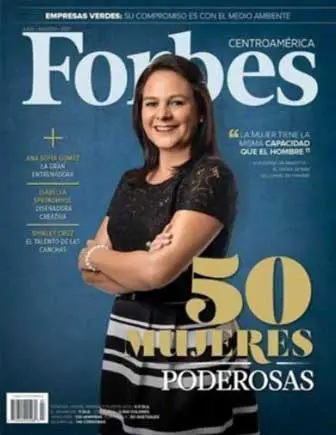
We want them to see what the Panama Canal is doing that what the Canal wants is to improve quality, not impact them. It’s difficult, but people will be compensated fairly, and the intention is for them to be better off,” he noted. The period of talks aimed at resettling the people will continue until February 2026, he reported. Likewise, the deputy administrator explained that according to preliminary figures, the largest number of people who would have to be resettled would be those located in communities surrounding Río Indio in West Panama, close to 50%, followed by Coclé, close to 40%. In the case of Colón, it will be the province with the least impact [close to 10%] on residents of the sector.
Gas Pipeline – Ports and Revenues
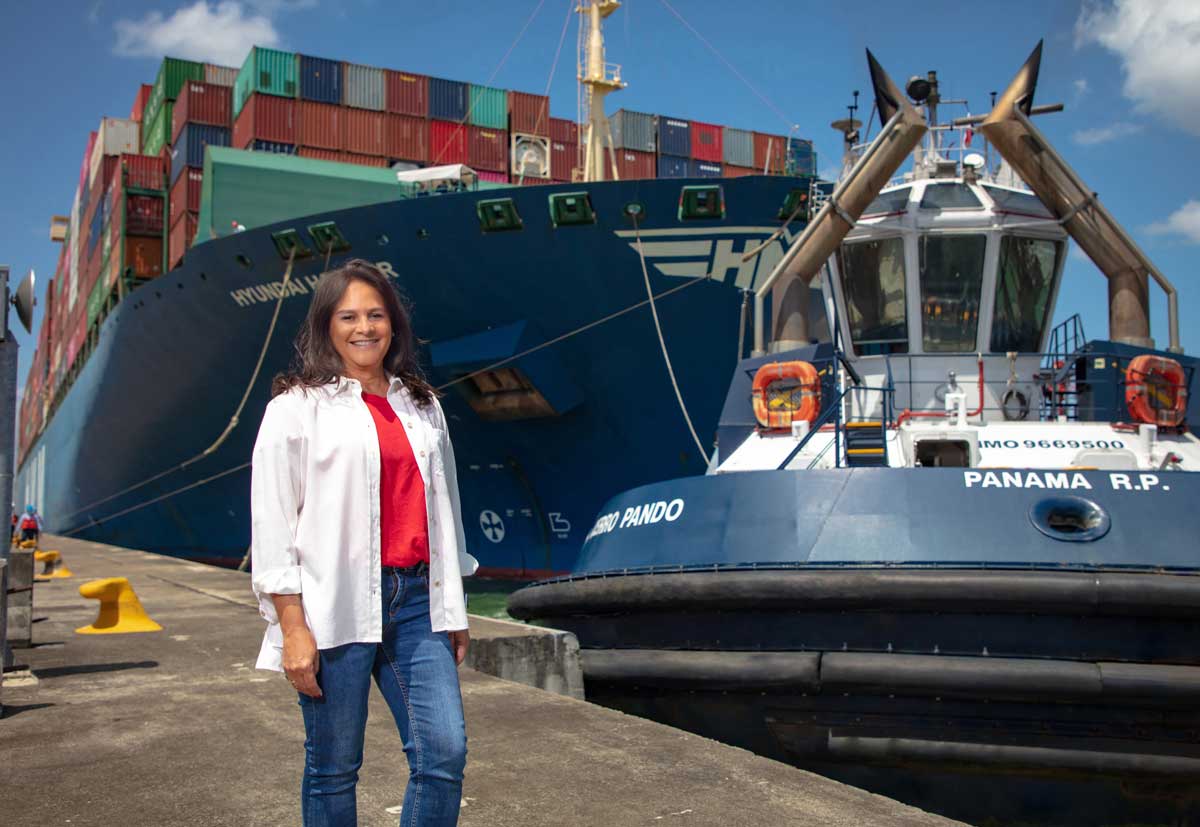
In addition to the Río Indio project, there are other initiatives in the plans of the ACP and the Executive Branch. These are a series of initiatives aimed at consolidating the country as a logistics corridor beyond maritime transit. The development of a gas pipeline between the Atlantic and Pacific Oceans and ports in Corozal and Telfers Island are part of the plans. Espino de Marotta explained that liquid bulk cargo is the second most frequent transit through the Panama Canal. The pipeline could free up transit space for other cargo segments, increasing their frequency. According to ACP figures, the maximum number of vessels passing through the port has been maintained until the second quarter of 2025, at 36 per day.

“If we can move some of these goods, liquid bulk, from the Canal to a gas pipeline, it opens up capacity for greater transits of other cargo through the canal,” the deputy administrator explained. On the other hand, Minister Icaza announced that in the next 12 months the bidding process for the concession and development of ports in Corozal and Telfers Island could be brought forward. In this regard, Espino de Marotta noted that increasing Panama’s port capacity is necessary.

“It’s another development that strengthens Panama as a logistics hub and brings more revenue to the Panama Canal,” she said. Regarding the channel’s financial outlook, Espino de Marotta indicated that the contribution to the National Treasury for the next fiscal year remains in line with previous years. “It is anticipated that it should be similar to or slightly higher than 2.7 billion.” However, she clarified that the entity’s budget is still under review before being presented to the Cabinet.
‘Business as Usual’

Following a visit by U.S. Secretary of Defense Pete Hegseth pictured above right, to Panama last April, both states announced they would seek a “mechanism” to “compensate” for vessel transit. However, the deputy administrator reiterated that this would be the responsibility of the central government. In response to demands from the United States government that its commercial and military vessels transit the Panama Canal “free of charge,” Espino de Marotta stated that the matter falls under the jurisdiction of the central government. She assured that the ACP remains in compliance with the Neutrality Treaty and that for the moment, “business as usual,” an Anglo-Saxon expression that reflects the fact that the situation remains unchanged.
Mulino Reaffirms Strategic Alliance with the U.S. and asks not to Involve Panama in Tensions with China
Panama City: President José Raúl Mulino reaffirmed Thursday that the United States is Panama’s number one strategic partner and asked not to drag the country into geopolitical disputes between powers, when asked about the situation of the Chinese monument located at the viewing platform of the Bridge of the Americas, in the Arraiján district. During his weekly press conference, Mulino addressed the concerns of the Chinese community in Panama regarding the possible exclusion of the obelisk and the Chinese arch from the new remodeling project for the observation deck, promoted by the district mayor’s office. The community has expressed concern that the agreement related to the monument has not been renewed.
“I have nothing to do with that,” the president said bluntly, clarifying that it is a municipal matter. “That depends on the mayor’s office and the local government of Arraiján, not the central government,” he emphasized. Mulino considered it “an exaggeration” to link the monument to tensions between China and the United States. “It’s believed that this observation deck has something to do with the China-US issue. I think that’s stretching the noose too far, even ridiculously,” he stated. The president was emphatic: “Our number one strategic partner in multiple areas is the United States. We have relations with China, but our strategic partner in trade, security, tourism, visas, immigration, etc., is and will be the United States. There is no doubt about that.”
He also revealed that this position has been communicated directly to international authorities who have visited the country: “The issues I have with China are between them, not with Panama. And please, let’s not drag Panama into a problem between two giants that has nothing to do with us.” However, Mulino expressed sympathy for the monument’s continued existence: “It would be a great shame if this beautiful spot were lost due to craziness or procedural rigidities. I think it should be renovated, but that’s the opinion of someone who admires the place.” The president also highlighted the importance of the Chinese community in Panama: “We have had a very important Chinese community dating back to the last century, with whom we get along very well. They aren’t a problem at all; on the contrary. They are hard-working people who respect the law, invest, pay taxes, and are big in Panama.”




